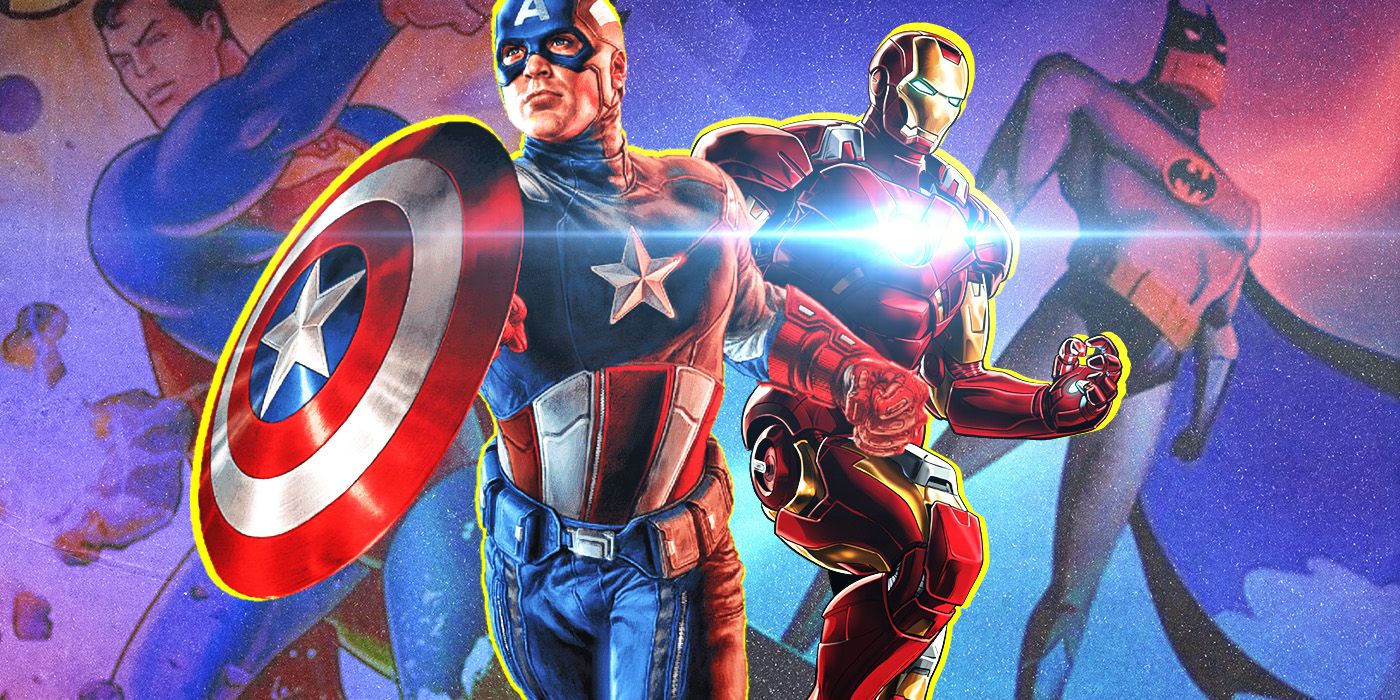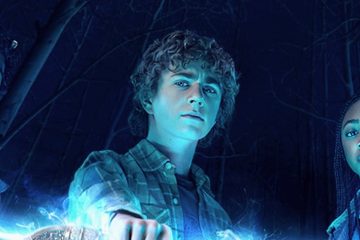The Marvel Cinematic Universe has far outpaced its rival DC in live-action, but the MCU could stand to follow DC’s lead in animation. As the MCU continues to expand, the volume of live-action projects has created a barrier to entry that audiences have found intimidating. Animation — specifically serialized animated TV — presents an untapped route to engage new fans while also being a unique storytelling platform, thanks to the medium’s broader potential.If the MCU is willing to utilize the possibilities of the multiverse to create projects outside its live-action continuity, it can usher in new audiences just as DC animation did in the 1990s and early 2000s. Shows like Batman: The Animated Series, Justice League and Teen Titans were many fans’ first foray into comic book media. Marvel has the opportunity to open the same door using characters both familiar and new to the MCU.While a casual fan can jump in and enjoy the show, a full understanding of the MCU is a large part of what makes What If…? shine. The alternate stories make the most sense if viewers know how things are supposed to unfold. The same idea applies to the voice acting. If the audience isn’t familiar with Mark Ruffalo’s work as Bruce Banner or Paul Rudd’s take on Ant-Man, hearing their voices come from a cartoon version of the character carries less weight. To thrive the way DC’s animated programs have, Marvel must create series and characters that stand on their own without the known quantities of the MCU.
The Marvel Cinematic Universe has far outpaced its rival DC in live-action, but the MCU could stand to follow DC’s lead in animation. As the MCU continues to expand, the volume of live-action projects has created a barrier to entry that audiences have found intimidating. Animation — specifically serialized animated TV — presents an untapped route to engage new fans while also being a unique storytelling platform, thanks to the medium’s broader potential.
If the MCU is willing to utilize the possibilities of the multiverse to create projects outside its live-action continuity, it can usher in new audiences just as DC animation did in the 1990s and early 2000s. Shows like Batman: The Animated Series, Justice League and Teen Titans were many fans’ first foray into comic book media. Marvel has the opportunity to open the same door using characters both familiar and new to the MCU.
While a casual fan can jump in and enjoy the show, a full understanding of the MCU is a large part of what makes What If…? shine. The alternate stories make the most sense if viewers know how things are supposed to unfold. The same idea applies to the voice acting. If the audience isn’t familiar with Mark Ruffalo’s work as Bruce Banner or Paul Rudd’s take on Ant-Man, hearing their voices come from a cartoon version of the character carries less weight. To thrive the way DC’s animated programs have, Marvel must create series and characters that stand on their own without the known quantities of the MCU.
#MCU #Learn #DCs #Animated #Shows
Note:- (Not all news on the site expresses the point of view of the site, but we transmit this news automatically and translate it through programmatic technology on the site and not from a human editor. The content is auto-generated from a syndicated feed.))



